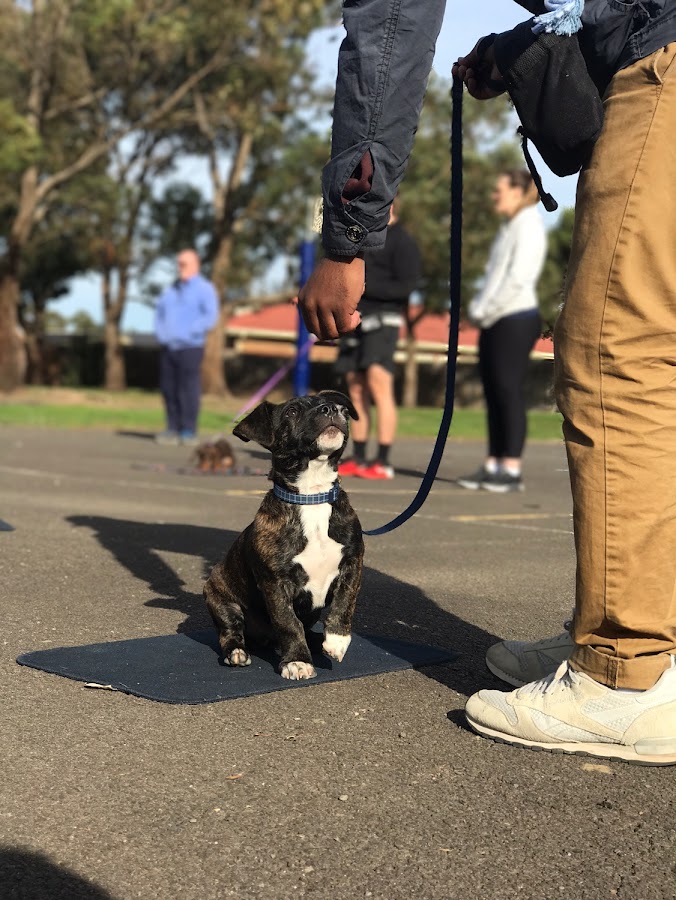Four Paws K9 Training is a well-established dog training school located in Melbourne, servicing the North West suburbs and beyond since 2001. Specializing in obedience training programs for dogs of all ages, Four Paws K9 Training offers a range of comprehensive services to improve your dog’s behavior and training. From puppy socialization to problem behavior solving, their team of professional behavioral trainers is dedicated to helping you and your furry friend achieve a harmonious relationship.
With two training locations in Sunshine West and Parkville, Four Paws K9 Training is known for its quality companion dog obedience training, puppy training, socialization, and behavior consultations. The instructors at Four Paws K9 Training are Certified (Certificate III in Dog Training & Behavior) and have received extensive training in canine behavior, handling, and psychology through The National Dog Trainers Federation (NDTF). Their reward-based motivational training techniques focus on building a strong bond between dogs and their owners, ensuring a positive and effective learning experience.
As a Victorian Government recognized dog training school, Four Paws K9 Training has been a trusted choice for dog owners seeking professional and reliable training services for over 20 years. Whether you have a young puppy or an older dog in need of guidance, Four Paws K9 Training offers a variety of programs to suit your requirements. Their commitment to responsible pet ownership and dedication to helping dogs and their owners succeed make them a leading dog school in Victoria.

